The cultivation of exotic vegetables is a more profitable business than traditional Indian vegetable cultivation. For avid gardeners, nothing can be more exciting than growing exotic vegetables and harvesting them for consumption. You can experience the same by learning simple tips on how to grow exotic vegetables.
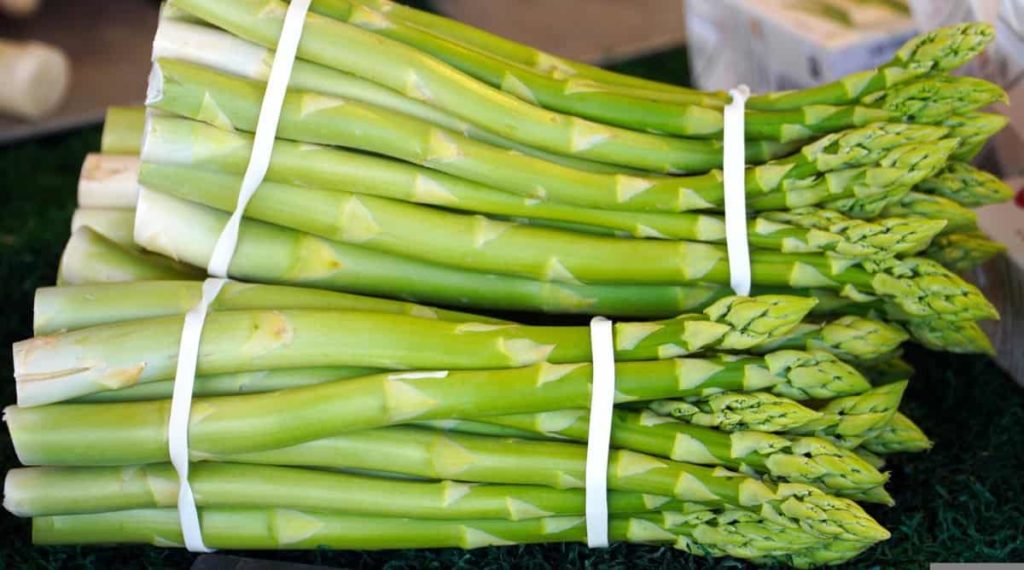
Due to the growing urban population, their changing lifestyles, eating habits, and an increasing number of foreign tourists daily, there is ample scope for cultivating exotic vegetables in India. A good source of income for the small and marginal holders.
Exotic vegetable farming in India
What are exotic vegetables?
The term exotic vegetables refer to many vegetables marketed as exotic or exotic products. These include, for example, Okra, Bitter Melon, Mini Aubergines, Chili Peppers, Baby Corn, specific herbs such as Lemongrass, Coriander, Galangal or Ginger, and Exotic Roots such as Cassava, Yams, and Taro. However, growing exotic vegetables requires a lot of care due to their high susceptibility to pests and diseases.
Since these are high-value crops, they are grown in a protected environment. The entire supply from farm to table should be done to minimize wastage and maintain the quality of these products. Large investments can help develop infrastructure and technology, from importing seeds to developing post-harvest infrastructure such as cold chain facilities.
Why are exotic vegetables expensive?
Exotic vegetables are expensive because they must be grown in polyhouses or green shade net houses. The demand for these vegetables in India has increased, with globalization playing a key role. Nowadays, it is mainly preferred by the youth.
What are the benefits of exotic vegetables?
The biggest advantage of exotic vegetables is that they are rich in important nutrients and vitamins. Not only this, but they are high in carbohydrates and protein density, eliminating the chances of cardiovascular and bone-related problems. Exotic vegetables have been introduced into a country from outside which is not native to the country. These vegetables are low in calories and rich in nutrients, which is very popular among people.
Demand-driven exotic vegetable production is suitable for farmers because consumer contracts give them market assurance. The exotic vegetable market is growing at 15 to 20 percent per annum. India imports more than 85% of exotic vegetables. However, the region lacks adequate export facilities and local marketing infrastructure despite the naturally favorable environment for cultivating these high-value vegetables.
Due to the large supply chain, high demand, and low supply, these vegetables are very expensive in the Indian market. On the other hand, exotic vegetables lend themselves very well to home gardens and commercial spaces. Exotic vegetables can be grown in summer in the hills and supplied as off-season vegetables in plains markets.
Where are exotic vegetables grown in India?
There are very few regions in India where these vegetables are grown, such as Pune, Nasik, Mahabaleshwar, Bangalore, Uttarakhand, Ooty, Himachal, and Jammu Kashmir. Vegetable farmers can easily learn to grow exotic vegetables. Exotic vegetables are mostly kept under controlled conditions in greenhouses. In short, exotic vegetables do not always require greenhouse conditions for optimal growth.
Exotic vegetables are special types of vegetables grown under special conditions. Such vegetables are the product of a single country through artificial pollination. Exotic vegetables originate from a distant country and are imported and then grown and sold at a higher price. Exotic vegetables are not common for us, and in India, they are grown in net houses or polyhouses. Vegetables are a rich human nutrient source and can be eaten raw or cooked.
In case you missed it: Best Place to Buy Plant Seeds Online in India: For Vegetables, Flowers, Fruits, Herbs, and Hybrid Seeds
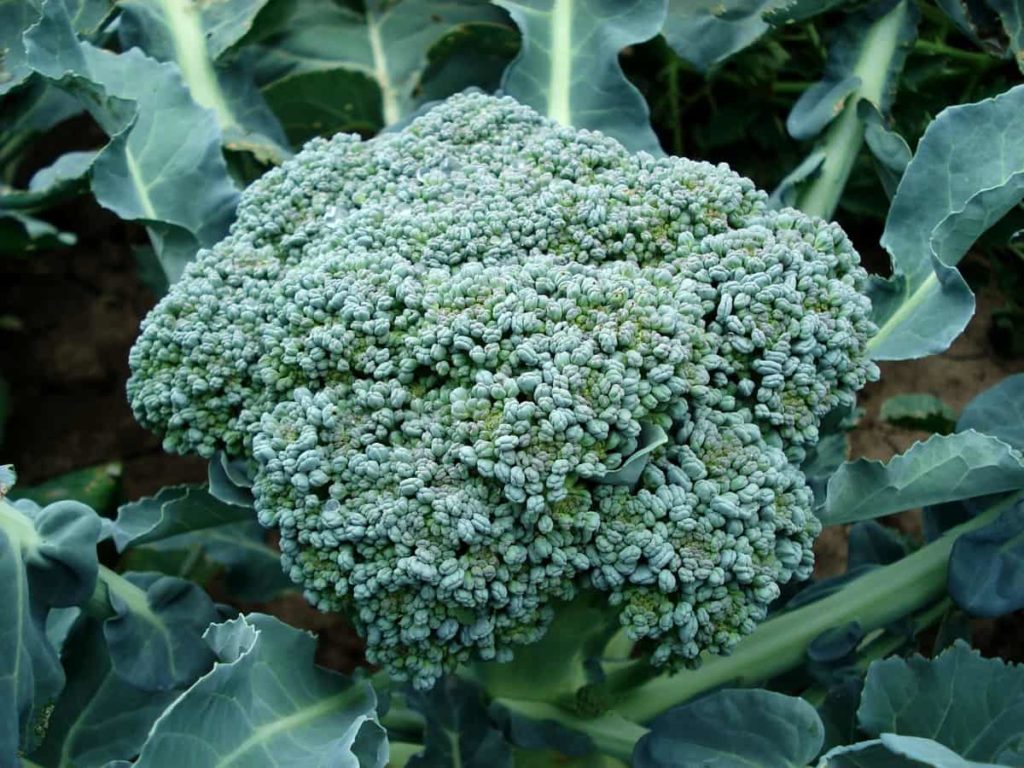
Exotic vegetables are mostly delivered to restaurants and five-star hotels, but they also reach retail outlets. In India, Maharashtra alone grows half of the exotic vegetables, and some districts like Pune, Nashik, and Satara are now growing asparagus and broccoli. Himachal Pradesh has also started cultivating exotic vegetables like Asparagus, Broccoli, Lettuce, Leek, Chinese Cabbage, Snow Peas, and Parsley in Theog, Narkanda, Matyana, Saproon Valley, Nauradhar in Sirmaur, Katrain, Sainj Valley and Manali.
In India, exotic vegetables accounted for 75% of the total area under polyhouses, and about 50% of farmers have shifted to exotic vegetable cultivation. India imports more than 85% of vegetables, and the market is growing by 15-20% annually. The nutritional value has increased their demand in the domestic market and the five-star cultures of cosmopolitan cities. Farmers are assured of a market for exotic vegetables as vegetables are grown according to market demand. Cultivating exotic vegetables has become more profitable than any traditional Indian vegetable cultivation.
Exotic Vegetable Industry in India
The exotic vegetable industry in India is supported by the growing demand for exotic produce, which is growing at 15% to 20% annually. Exotic vegetables account for more than half of the total market share of the Indian vegetable market. Although the industry is highly fragmented and unorganized, agro-farms are capitalizing on the growing demand for exotic vegetables in the food service sector, particularly among premium eateries in Goa, Pune, Gurgaon, and Mumbai.
India mainly exports Onions and Green Peas to Middle Eastern countries such as the United Arab Emirates, Saudi Arabia, Qatar, and other countries such as the United Kingdom and the United States of America. Exotic vegetables are vegetables grown in a land that is not native to the vegetable. For example, Broccoli, Parsley, and Cherry Tomatoes, among others, are not indigenous to India. Still, their seeds are imported, and even though they are exotic, they grow in the country under favorable climatic and weather conditions.
Exotic Vegetables for Your Home Garden
Growing exotic vegetables for your home garden is not difficult; it is entirely up to you. You can choose unique and unusual varieties and grow them in your yard, but only in their specific conditions if you feel adventurous. Exotic vegetables in India have been home to local cuisine since ancient times and are used in various dishes for their unparalleled flavor, adding to their popularity. Apart from the finest restaurants and rich Indian families, these vegetables are unlikely to be seen.
After all, they are very expensive because they are made in limited quantities and unique weather conditions. They are usually seen in green shed houses or polyhouses. However, growing exotic vegetables in your yard is not as complicated as it seems. Just a little more care and effort can help things run smoothly. These rare vegetables in India add a lot of flavor to your food. In India, currently, vegetables that are called exotics have been introduced in the last few decades.
Some of these exotic vegetables are not yet household names in India, while some are slowly gaining popularity. Yet, for now, these vegetables are mainly restricted to elite restaurants and wealthy Indian families. Exotic vegetables have a huge market value in India. They are mostly cultivated in polyhouses or green shed net houses. However, growing these delicious and nutritious vegetables in your home garden is not as complicated as it seems.
Importance of Exotic Vegetables
Exotic vegetables are those which are imported from outside the country. These vegetables grow at low temperatures. Exotic vegetables are grown commercially in greenhouses or polyhouses—these vegetables are sold at high prices. Commercial production and marketing require knowledge of their planting time and availability in different regions. Exotic vegetables are of great importance, which are:
- It is an important source of cash income for farmers. Seeds are sold to farmers at reasonable prices by public and private sector suppliers.
- It contains a range of health-promoting phytochemicals and can prevent malnutrition and reduce the risk of obesity, cancer, diabetes, and cardiovascular disease.
- They can be grown at home, which is unavailable in the market.
- They are commercial crops and can be loaned for small-scale and part-time farming.
1. Exotic vegetables as an economic source
- Exotic vegetables are an important source of income for farmers.
- The government and private sectors provide seeds to farmers at reasonable prices.
2. Nutritional and medicinal value:
- Vegetables not only provide essential nutrients but also contain a range of health-promoting phytochemicals.
- They can prevent malnutrition and reduce the risk of obesity and chronic disease, including diabetes, cardiovascular disease, and cancer.
- Proper cooking improves the nutritional value of exotic vegetables.
3. Exotic vegetables as a home garden:
- Immense nutritional value as healthy food and nutrient.
- Growing exotic vegetables originally at home makes exotic vegetables a great choice that is not easily available in the market.
In case you missed it: Gardening Tips for Beginners: At Home, in Pots/Containers, Indoors, On Terrace for Vegetables, Flowers, Fruits, and Herbs
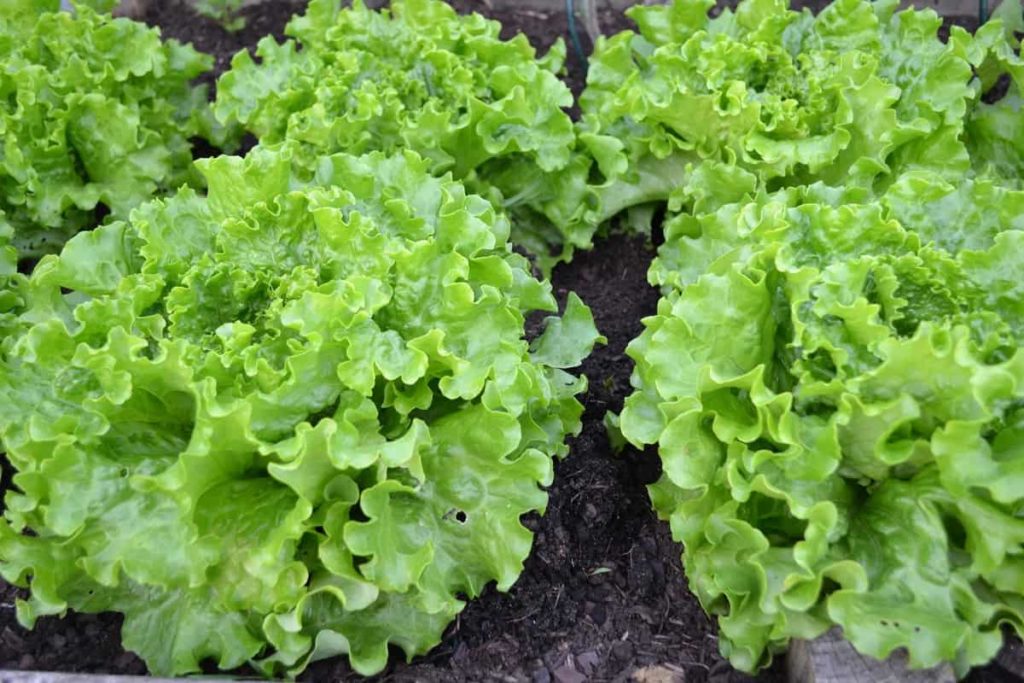
4. Exotic vegetables for commercial purposes
- They lend themselves well to small-scale and part-time farming operations.
- They serve as an off-season vegetable for the plains.
Cultivation of exotic vegetables in Polyhouse
- Exotic vegetables are grown inside the polyhouse, and different crops have different requirements.
- However, the basic requirements like well-drained soil, irrigation, fertilizer, organic manure, and sunlight are the same for all crops. The difference is in climatic requirements, spacing between plants, seeding rate, etc.
List of exotic vegetables in India
If you maintain a vegetable garden, chances are you’ve already planted some of these vegetables. The thing is, growing these fields is no different than growing other local vegetables.
A list of exotic vegetables, some of which you can choose to plant in your garden, include Leeks, Arugula, Broccoli, Currant tomatoes, Lentils, Kohlrabi, Endives, Mushroom, Chicory, Collard greens, Bitter melon, Garlic, Celery, Chayote, Beans, Fennel, Bok choy, Artichokes, Chives, Kale, Brussels sprouts, Eggplant, Zucchini, Okra, Asparagus, Beansprouts, Kohlrabi, Calabaza squash, Spinach, Taro, Yellow beets, Parsnip, Turnip, Rhubarb, Watercress, etc.
Is capsicum an exotic vegetable?
Capsicum purple/bell pepper is the most useful exotic vegetable in India.
Farming methods for Exotic vegetables
Mix cropping and alternating crop cycles give better yields and help soil nutrition. Crops such as Red Cabbage, Green Zucchini, Yellow Zucchini, Cherry Tomatoes, Basil, Celery, and Parsley can be grown year-round in open field farming. Some crops require direct sowing, and some require preparation for sampling. Like direct sowing Zucchini and Cherry Tomatoes, you need to plant. It can be grown in many different ways. These can be grown organically using land-based farming.
There has also been a success in extending them using the ZBNF method. Soil-less farming (hydroponics) is also a great success for growing exotic vegetables. Artificial control of climatic factors can ensure productivity with high yield and high-value crops. Climate control is changed according to crop requirements. Exotic vegetables are also grown in an environment where the crops are kept under controlled conditions like ‘polytunnels.’ Exotic vegetables were not cultivated earlier, but their cultivation has increased due to their growing market.
How to grow exotic vegetables?
Most of us have the impression that growing exotic vegetables is difficult. It may not be the case for all varieties, as many grow well in various soil and environmental conditions. The only logic to maintaining healthy exotic vegetables in your garden is to understand their specific growth needs and care for them accordingly. Although it may not be easy since there are so many varieties, you can still use basic recipes to grow vegetables.
As with any vegetable, choose varieties recommended for your garden for the best results. Read about the plants you want to grow. You’ll find information on seed packets, seed seller websites, and gardening catalogs. It will help you learn how to grow and harvest varieties different from the ones you are already familiar with. Many exotics thrive in full sun and warm climates. If you don’t have the best garden space, try giving them a microclimate in a raised bed.
In case you missed it: Methods of Vegetable Seed Treatment: A Detailed Guide for Beginners
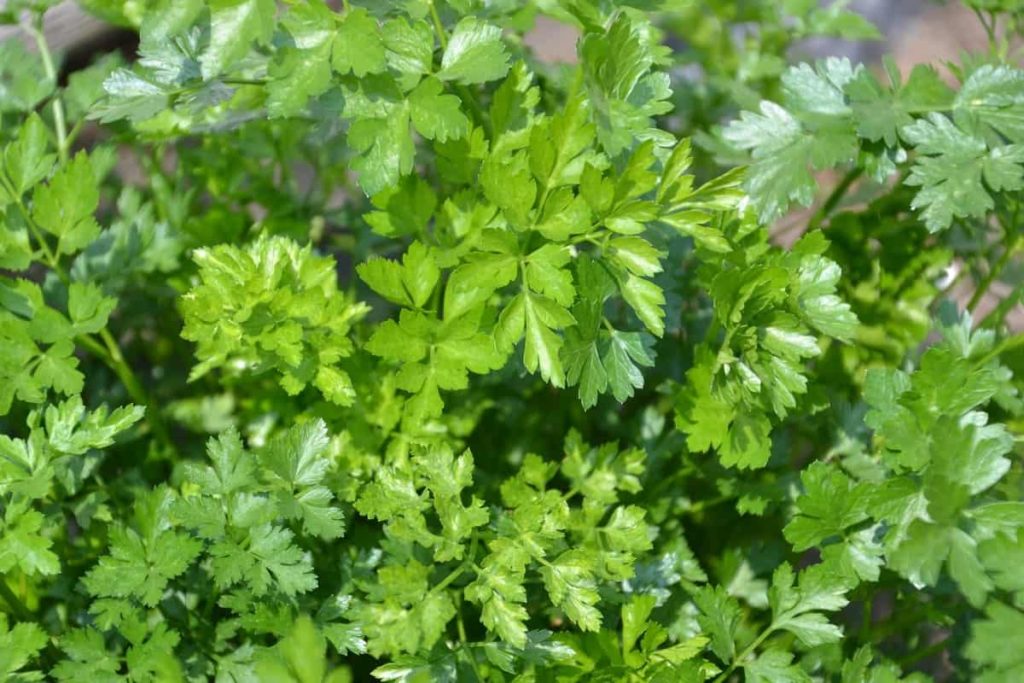
Place the bed near your house or another structure: walls will help reflect light and heat. You can also grow exotics in containers and move them around as needed. Choosing exotic vegetables is the first step you should consider adding to your gardening plan. Finalize them that are nutritious, tasty, and suitable for growing in your area. Next, order seeds from a trusted vendor. Choosing a suitable growing site is another factor in growing exotic plants luxuriantly.
Sunlight exposure and soil conditions should be closely monitored when deciding a planting site for a particular exotic vegetable. For example, when a sun-loving vegetable is planted in a shady spot, it becomes weak and prone to disease and pest problems. Also, growing vegetables in waterlogged soil are associated with root rot and similar problems. The next step in growing exotic vegetables is amending and preparing the garden soil. Fertile, well-drained, and moist soil is suitable for most vegetables.
It promotes the root system and allows plant nutrients to be absorbed, thus helping plant growth. For most types of vegetables, spring is the best time to prepare the garden soil. Remove unwanted plants that will later compete with your exotic vegetables for nutrients. Add organic compost to the planting soil (about one part to four parts soil) and mix well. Start your gardening project in the spring, as you would for other crops. Consider sowing seeds indoors in germination trays filled with potting mix.
By doing this, you will be ready to transplant the plants by the time the spring frost is over. When planting exotic vegetable seeds, follow packet instructions carefully. Make sure they are sown at the same depth as the package. Also, give the seeds the recommended amount of water to promote maximum germination. Healthy plants will develop quickly if you provide heat and humidity within the recommended range. Keep watering and tending to them until the frost is over, and you can transplant them into the garden beds.
When conditions are favorable, dig planting holes in prepared garden soil. Then, gently collect the healthy plants with the soil attached to them using a garden trowel. Making sure the delicate roots are intact, plant 1-2 plants in each planting hole and gradually fill with soil. Water the newly growing plants and protect them from strong sunlight. Wash them regularly to maintain proper humidity and moisture.
You can reduce the watering frequency as the vegetables adapt to the growing area. But don’t let the soil dry completely for consecutive days. A simple tip is to keep the soil well-drained and moist. Adding fertilizers is not necessary to grow healthy vegetables. If you notice a decrease in vegetable growth or if you suspect a nutrient deficiency in the soil, only then supplement the soil with an appropriate amount of organic fertilizer.
Newly planted vegetables should be tolerant of heat and light fluctuations. However, watch for weed growth and eliminate them as soon as possible. Try to protect exotic vegetables from diseases and pests by adopting cultural practices. Using a mild soapy solution is effective for controlling insects. Growing exotic vegetables in your garden allow you to enjoy fresh vegetables free from pesticides and harmful chemicals.
In case you missed it: Homemade Fertilizer for Vegetable Garden – A Detailed Guide for Beginners
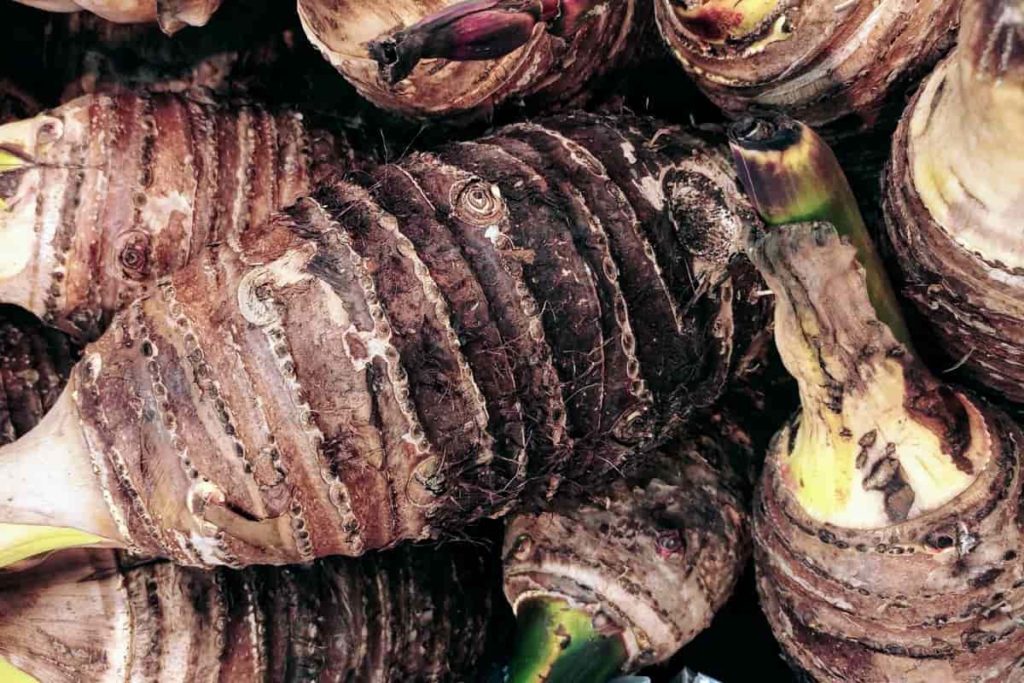
Market analysis for exotic vegetables
A key market trend driving market growth includes the increasing number of farms specializing in producing exotic vegetables. The exotic vegetable market has a wide range of products and buyers. In this respect, the exotic vegetable market is not so different from the normal fresh vegetable market, but the details are different. Wholesalers and countries with large ethnic populations play an important role. As a supplier, you should focus on freshness and pay extra attention to the quality of your products, the type of buyer, and the logistics efficiency.
A rapidly growing economy drives the Indian exotic vegetable market. The government is actively formulating and implementing several policies to strengthen market growth. The ever increasing demand for exotic vegetables has prompted corporate houses to increase their investment in the industry. The country also offers incentives that favor investors, such as favorable policies for foreign direct investment in trade, including through e-commerce, for food products manufactured or manufactured in India.
Improving infrastructure is also helping industry growth in India. The booming international trade in vegetable growth of the exotic vegetable market in India. The trend towards fresh organic produce also supports the industry. The vast production base in India also offers great export opportunities.
India is home to a highly skilled workforce, which helps provide sufficient production for the people. The growing number of farms producing exotic vegetables is expected to support the industry. Rising demand from India’s rapidly growing food service sector will likely drive the industry’s growth further. The growth of e-retail platforms selling exotic vegetables will support industry growth.
Major challenges of exotic vegetable cultivation
- Cultivation in inhospitable hilly areas is fraught with many hurdles.
- Hilly soils are, in most cases, marginal in fertility. Although rich in organic matter, they are poor sources of important nutrients such as N, P, and K.
- Also, they are shallow in depth, with the presence of a hardpan in the upper horizon, and most acidic. Due to their undulating topography, the soils of these hilly areas were highly susceptible to erosion, especially due to improper cultivation practices.
- Operational holdings in these areas are few, and thus mechanization of horticulture has become a distant reality. It requires high human energy inputs and labor. Low crop yields due to the non-availability of high-yielding varieties (HYV) seed material, along with other inputs like fertilizers and pesticides.
- Due to the high dependence on monsoon rains, only a limited number of crops can be grown here, and there is an excellent need for crop diversification. The lack of adequate transport and communication facilities is a major constraint in developing horticulture and its regional processing sector.
In case you missed it: How to Control Aphids on Plants Naturally and Organically: In Vegetables, Fruits, Herbs, and Flowers
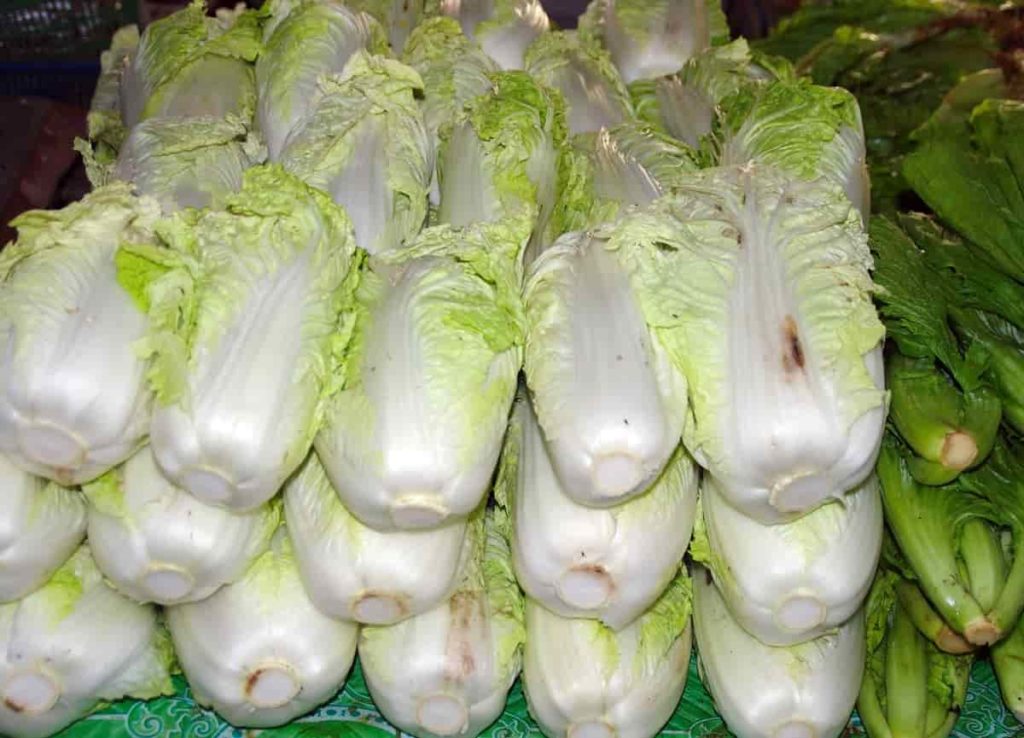
Conclusion
Exotic vegetables are highly nutritious. Exotic vegetables are an important source of cash income for farmers. The public and private sectors provide seeds to farmers at a reasonable price. Only an old variety of exotic vegetables are available locally in India. The major exotic vegetables available in India are Broccoli, Asparagus, Cherry Tomato, Bell Pepper, and Zucchini.
- Types of Pesticides Used in Agriculture: A Beginner’s Guide
- Economical Aquaculture: A Guide to Low-Budget Fish Farming
- 15 Common Planting Errors That Can Doom Your Fruit Trees
- How to Make Houseplants Bushy: Effective Tips and Ideas
- Innovative Strategies for Boosting Coconut Pollination and Yield
- Pollination Strategies for Maximum Pumpkin Yield
- The Complete Guide to Chicken Fattening: Strategies for Maximum Growth
- Natural Solutions for Tulip Problems: 100% Effective Remedies for Leaf and Bulb-Related Issues
- Revolutionizing Citrus Preservation: Towards a Healthier, Greener Future
- Natural Solutions for Peony Leaf and Flower Problems: 100% Effective Remedies
- Maximizing Profits with Avocado Contract Farming in India: A Comprehensive Guide
- Natural Solutions for Hydrangea Problems: 100% Effective Remedies for Leaf and Flowers
- The Ultimate Guide to Choosing the Perfect Foliage Friend: Bringing Life Indoors
- From Sunlight to Sustainability: 15 Ways to Use Solar Technology in Agriculture
- The Ultimate Guide to Dong Tao Chicken: Exploring from History to Raising
- The Eco-Friendly Makeover: How to Convert Your Unused Swimming Pool into a Fish Pond
- Mastering the Art of Delaware Chicken Farming: Essentials for Healthy Backyard Flocks
- 20 Best Homemade Fertilizers for Money Plant: DIY Recipes and Application Methods
- How to Craft a Comprehensive Free-Range Chicken Farming Business Plan
- Brighten Your Flock: Raising Easter Egger Chickens for Beauty and Bounty
- How to Optimize Your Poultry Egg Farm Business Plan with These Strategies
- Subsidy for Spirulina Cultivation: How Indian Government Schemes Encouraging Spirulina Farmers
- Ultimate Guide to Raising Dominique Chickens: Breeding, Feeding, Egg-Production, and Care
- Mastering the Art of Raising Jersey Giant Chickens: Care, Feeding, and More
- Ultimate Guide to Raising Legbar Chickens: Breeding, Farming Practices, Diet, Egg-Production
- How to Raise Welsummer Chickens: A Comprehensive Guide for Beginners
- How to Protect Indoor Plants in Winter: A Comprehensive Guide
- Ultimate Guide to Grow Bag Gardening: Tips, Tricks, and Planting Ideas for Urban Gardeners
- Guide to Lotus Cultivation: How to Propagate, Plant, Grow, Care, Cost, and Profit
- Agriculture Drone Subsidy Scheme: Government Kisan Subsidy, License, and How to Apply Online
- Ultimate Guide to Raising Araucana Chickens: Breed Profile, Farming Economics, Diet, and Care
- Bringing Hydroponics to Classroom: Importance, Benefits of Learning for School Students
- Ultimate Guide to Raising Polish Chickens: Breed Profile, Farming Economics, Diet, and Care
- Ultimate Guide to Raising Australorp Chickens: Profile, Farming Economics, Egg Production, Diet, and Care
- Silkie Chicken Farming: Raising Practices, Varieties, Egg Production, Diet, and Care
- Sussex Chicken Farming: Raising Practices, Varieties, Egg Production, Diet and Care